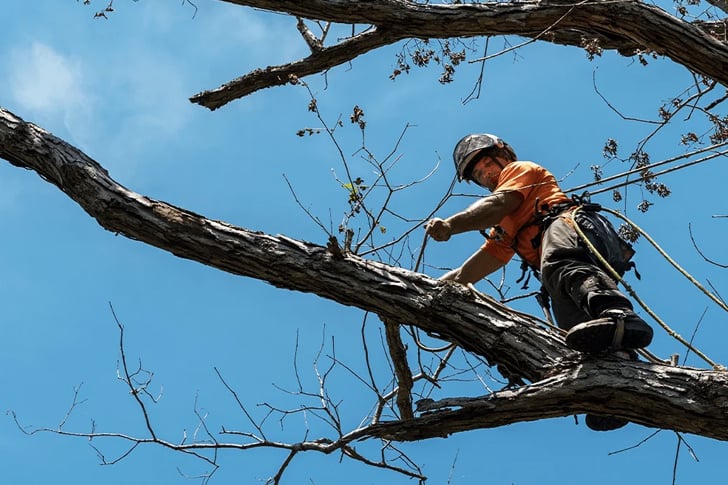How Seniors Can Get Cheap Tree Removal Services
Tree removal can be a necessary but costly service, especially for seniors on fixed incomes. Trees that are dead, dying, or pose a safety hazard must be treated promptly to prevent damage to property or personal injury. However, the cost of removing a tree can vary widely, typically ranging from $200 to over $2,000, depending on the size and complexity of the job. This article explores practical ways for seniors to access tree removal services at reduced rates, providing both peace of mind and financial relief.

Understanding Tree Removal Costs
The cost of tree removal services generally depends on several factors including the size of the tree, its location, the complexity of the job, and local labor rates. Larger trees, or those located near buildings, power lines, or other structures, typically cost more to remove due to the additional labor and care required.
Tips for Finding Affordable Tree Removal Services
- Local Government Programs and Assistance: Many local governments offer assistance programs for seniors, including subsidies or free services for home maintenance and yard care, which can include tree removal. Contacting your local Area Agency on Aging can provide you with information about what is available in your area.
- Senior Discounts: Some tree removal companies offer discounts to seniors. Always inquire about senior discounts when requesting quotes from service providers.
- Community Volunteer Groups: There are often community volunteer organizations that help seniors with home maintenance and yard work. Groups like Rotary Clubs, religious organizations, or local chapters of national non-profits might provide tree removal services at a reduced cost or even for free.
- Compare Multiple Quotes: It’s important to get quotes from several tree removal services to compare prices. This also provides leverage when negotiating rates.
- Off-Season Work: Scheduling tree removal during the off-season (typically late winter or early spring) can result in lower costs, as demand for tree services is generally lower during these times.
- Bartering and Trading: If you have skills or items of value, some small business owners, including tree services, might be open to bartering. This can significantly reduce the cash needed for tree removal.
- Use Local Services: Hiring a local company rather than one based out of town can often be cheaper as travel time and expenses are generally lower.
- Insurance Coverage: If a tree poses a direct risk to your home or property, your homeowner’s insurance policy might cover part or all of the cost of removal. It’s worth checking your policy or speaking with your insurance agent.
- Grants and Funding: Check for state or federal grants available for seniors that cover home maintenance or improvement projects that can include tree removal.
- Preventative Maintenance: Regularly maintaining the trees on your property can prevent the need for more drastic and expensive measures later on. This includes trimming branches that could become hazardous.
Additional Considerations
When hiring tree removal services, it’s crucial to ensure that the company is licensed and insured to protect yourself from liability in the event of an accident. Also, check their references or reviews online to ensure they provide reliable and quality service.
Conclusion
Tree removal doesn’t have to be a financial burden for seniors. By utilizing community resources, taking advantage of discounts, and choosing the right time for the service, seniors can manage these costs effectively. It’s also crucial to maintain open communication with service providers about your needs and budget constraints to find the most cost-effective solution.







Recent Comments